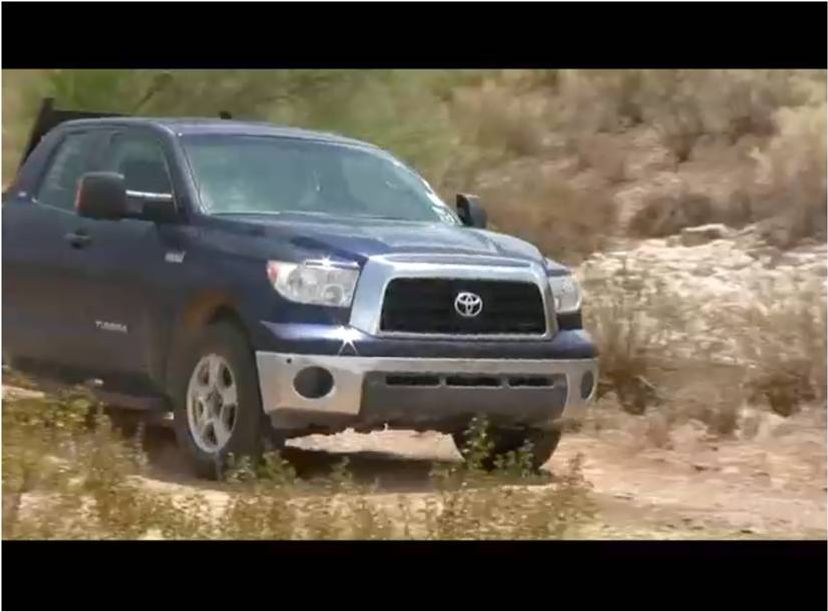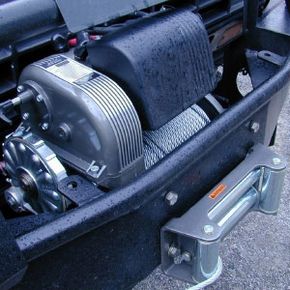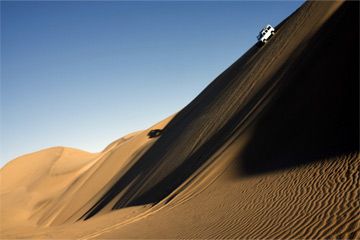Working on a ranch comes with a host of challenges. A large ranch can cover hundreds of square miles or more. Getting from one end to the other may require you to leave roads behind and cross rugged terrain. Work can include hauling heavy loads or performing other tasks that require lots of horsepower. You need the right tools for the job.
Trucks are a common resource on ranches. But a standard truck off the assembly line may not be able to meet the tough conditions of life on a ranch. The rancher may need to enhance his or her vehicle so that it can get the job done and provide years of reliable service.
Advertisement
Aftermarket bumpers fall into this category of vehicle enhancements. Even a truck built for off-road travel or heavy-duty work may need a little help in the form of a special bumper. While the average motorist may look at aftermarket bumpers as a way of customizing a truck or making a statement, ranchers rely on aftermarket bumpers to provide protection for their trucks.
Trucks, like any other type of work equipment, are an investment. On smaller ranches, a standard truck may have all the capability a rancher needs without any alterations. But if the ranch is large or has big patches of difficult terrain, more protection may be necessary. An aftermarket bumper can help protect that investment and ensure that the truck will remain a useful tool for many years.
It's not uncommon for a rancher to need to tow a trailer on a ranch. In the next section, we'll look at how an aftermarket bumper can help prevent damage to a truck when towing a heavy load.
Advertisement



